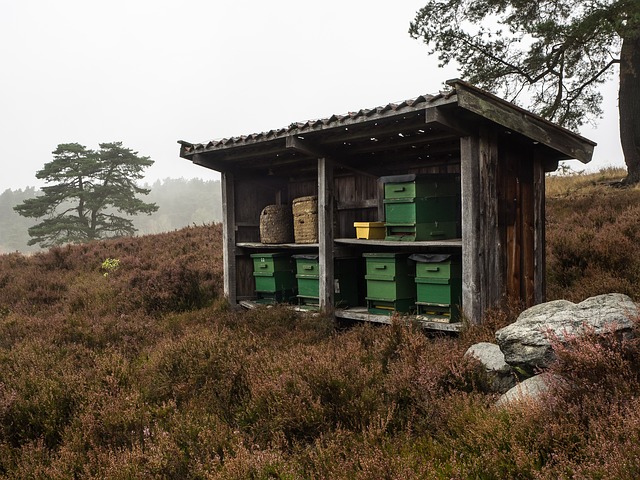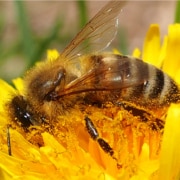What’s Happening in the Honeybee Hive as Winter Starts to Close In

Honeybees in Winter
by Engrid Winslow
This part 2 of a series on what happens in the honeybee hive in winter, what beekeepers do to manage their beehives and how you can also help to sustain honeybees and other pollinators.
Winter in a hive of honey bees is tough. Honey bees are the only bees who overwinter as a colony (more about the lifecycle of bumblebees and native bees will follow in later articles) which makes them much more vulnerable to the vagaries of winter weather. Here’s what is happening in the hive as fall changes into early winter.
Honey bees are amazingly resourceful at helping to winter-proofing their hives. They use a special substance called propyls to seal up all the cracks and crannies that could let in wind and moisture during the cold rainy months. Whenever the beekeeper checks on the hives (temperatures must be above 50 degrees and sunny) the bees do an admirable job of sealing everything back up again.
Honeybees are not warm-blooded and depend on clustering in order to combat the winter temperatures. The worker bees who are left in the honeybee hive in winter after the drones (male bees) have been evicted are all daughters of the Queen Bee and are devoted to protecting her and whatever small amounts of brood remain in the hive. As winter settles in, days darken and temperatures really drop, the Queen lays fewer and fewer eggs until stopping completely. The remaining cluster of bees is made of those who hatched late in the fall and these few daughters center around the Queen. They rotate from the center, where the Queen is protected from the elements to the outside of the bee cluster. They create warmth in the cluster by unhinging their wings at the shoulder muscle and vibrating them (also referred to as “shivering”). No foraging takes place (well, after all, what flowers are blooming in the winter anyway?) and the hive is dependent on the stores of honey and pollen that has been stored from the summer. The bees on the outside of the cluster are usually able to feed off the pollen and honey which is stored on the outside of the frame around the brood. When temperatures are warm enough the bees will venture out for “cleansing flights” – yes, that’s a delicate name for what they need to do! But otherwise, they are “socked in” for the winter months.
Beekeepers will continue to supplement food for their hives, depending on temperatures, as they hope and pray the bees will survive to expand their colonies next spring and summer. Check out this youtube video to hear the amazing sound created by the bees in this winter hive.
https://www.youtube.com/watch?v=Yqr40loMhJw


Leave a Reply
Want to join the discussion?Feel free to contribute!